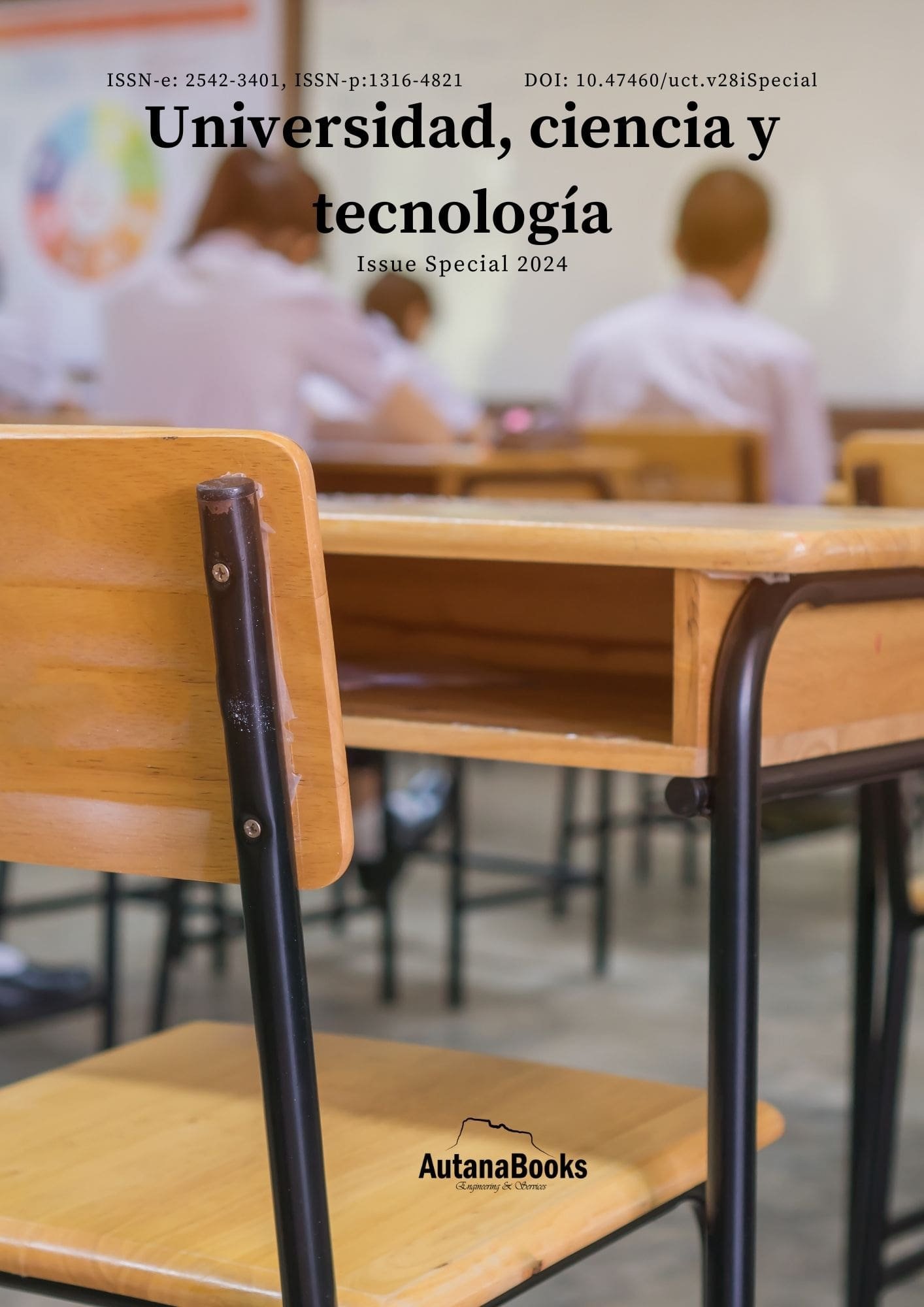Abstract
School coexistence is a relevant topic of research and intervention in educational institutions as it is a component of measuring the levels of student learning achievement. The objective of this research was to determine the impact of socio-motor skills in school coexistence in primary school students. The type of research is non-experimental, correlational, causal, and quantitative, and cross-sectional. The population consisted of primary school students and the sample consisted of 185 students. The results indicated that there is an important correlation between children's socio-motor skills and their school coexistence. These elements highlight the importance of integrating programs and activities into the school curriculum that encourage the development of socio-motor skills from an early age.
References
[2] P. Neut. "Las violencias escolares en el escenario educativo chileno". Análisis crítico del. Calidad en la Educación, vol. 27, pp. 222-247, 2017.
[3] D. Trucco & H. Ullman. "Youth: Realities and challenges for development with equality" Barcelona: CEPAL., 2016.
[4] M. Castañer & O. Camerino. "Dynamic and integrated approach to motor skills (EDIM): from theory to practice". Lleida University, 2022.
[5] P. Parlebas. "Modern Physical Education and Science of Motor Action". 1st Argentine Congress of Physical Education and Science. pp. 1-15. La Plata: U.N.L.P, 1995.
[6] L. Hernández. "Theories of school coexistence" Unit, 2009.
[7] M. Furlan, C. Salcedo y B. Lara. "Reseña: Miradas diversas sobre la disciplina y la violencia en centros educativos" Revista mexicana de investigación educativa, vol. 10, no. 27, pp. 1191-1199, 2004.
[8] A. Bandura. "Social learning theory" Prentice hall, 1977.
[9] P. Parlebas. "Lexicon of Motor Praxiology. Games, sport and society" Barcelona: Paidotribo, 2001.
[10] M. Castañer. “Development of perceptive-motor abilities in education”. Educational news, pp. 35-43, 1996.
[11] L. Carretero. “Factores en la convivencia de los niños escolares en instituciones educativas de la región Lambayeque”. Revista científica, vol. 7, no. 2, pp. 111-122, 2018.
[12] A. Díaz, "Impacto de un programa de actividades sociomotrices en el clima escolar," Revista de Educación, vol. 16, no. 5, pp. 15-26, 2018.
[13] M. García & R. Loreto, "Estrategias para la promoción de la convivencia escolar," Revista de Psicología Escolar, vol. 9, no. 2, pp. 123-136, 2019.
[14] J. López & M. Torres. "Intervención sociomotriz para la mejora de la convivencia escolar." Revista de Educación y Psicología, vol. 18, no. 3, pp. 231-247, 2020.
[15] A. Martínez & K. House. "Efectividad de un programa de actividades sociomotrices en la mejora del clima escolar." Revista de Psicología Educativa, vol. 24, no. 4, pp. 48-63.

This work is licensed under a Creative Commons Attribution 4.0 International License.


